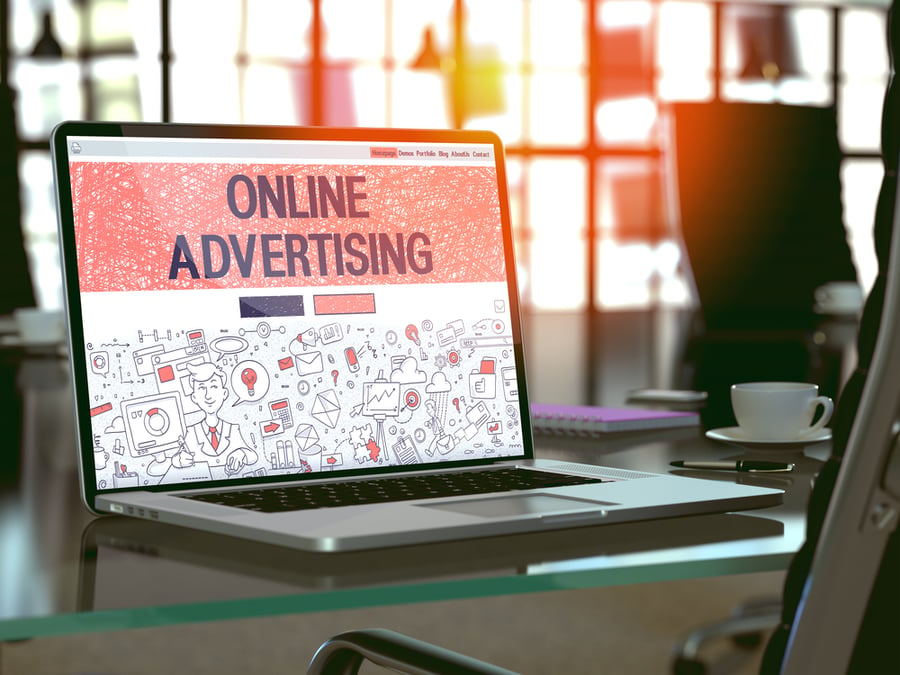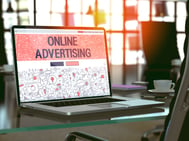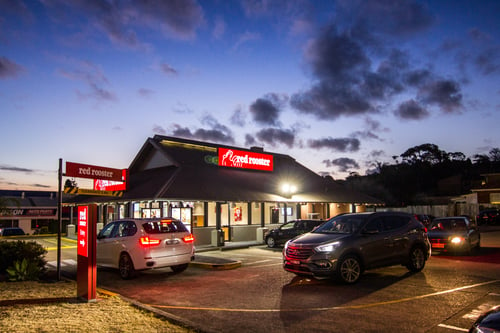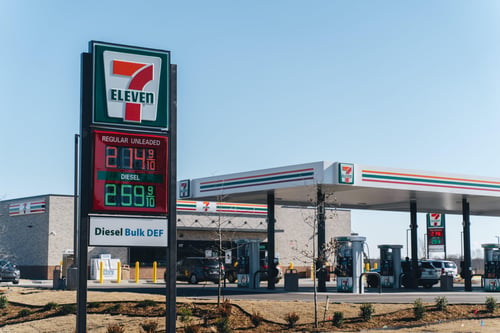
There are several significant contrasts between internet advertising and digital out of home (DOOH) advertising. Thankfully, there are parallels between the two, as well. Understanding the similarities and differences will help DOOH best practices evolve and flourish.
Similarities Between Online and DOOH
Conversions
Personalization in online advertising is effective in generating purchases. Knowing users' interests allows you to display them relevant adverts and increase sales.
purchases. Knowing users' interests allows you to display them relevant adverts and increase sales.
Out-of-home advertising is notorious for raising awareness, but it also increases conversions. DOOH can drive direct, bottom-of-funnel sales.
Transparency
Online advertising requires measurement and ad verification. These improve marketing clients' confidence and trust by independently confirming delivery. Online media buyers can measure and verify everything in real-time, which has increased online advertising spending.
Now there are new, independent technology businesses measuring and verifying advertisements in the DOOH market, which was a significant missing element. This independent verification should increase confidence in the ad medium and hence spending.
Automation
Online advertising has several advantages, including ad platforms that automate practically all operations. Buyers, for example, are able to run campaigns and obtain real-time information. They can also track the development of their campaigns in real-time.
Until recently, there was no ad platform technology to properly handle DOOH campaigns. Now, new technologies are letting purchasers track their campaigns in real-time, automate numerous tedious chores, and rapidly resolve any difficulties that may emerge.
Differences Between Online and DOOH
The Ratio
Online advertising is a one-to-one channel, where the prospect is directly interacting with an ad. One ad equates to one impression.
A DOOH screen, on the other hand, is usually in a huge public arena, such a street, a mall, or an airport. So, if an ad shows on that screen, many prospects will see it. So DOOH is a one-to-many communication medium. One ad equates to many impressions, often simultaneously.
Quality of Data
Personal profile data is visible to marketers in real-time while prospects are using a mobile phone, for example. That's why appropriate advertising appears. Online advertising data quality is affected by various things, but it is feasible to target a person with real-time data.
However, DOOH advertising seldom leverages real-time viewership statistics. Instead, most data comes from data aggregators or screen operators, with significant latency. Data is handled differently in DOOH, and is rarely, if ever, in real-time.
Customized Ads
Because digital adverts display on a person's device, they are easier to track and target. So "tailored advertising" is conceivable now, although stricter monitoring restrictions and consumer privacy laws may make it more challenging moving forward.
As previously stated, DOOH advertising is one-to-many and tracked using delayed data points. A DOOH marketing campaign is difficult to track and target both individuals and larger audiences.
There is an intrinsic beauty to DOOH creativity that can genuinely attract passers-by. Let's face it, hardly one visits NYTimes.com for the banner advertising, yet many visit Times Square for the stunning billboards. Digital advertisements tend to stand in the way of the content, while DOOH ads are the content.






